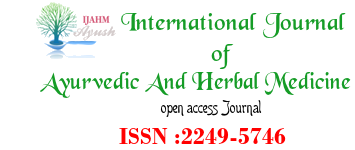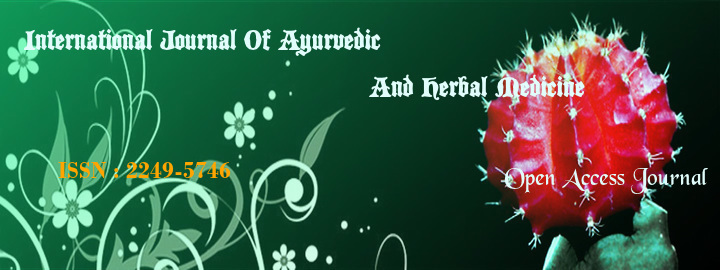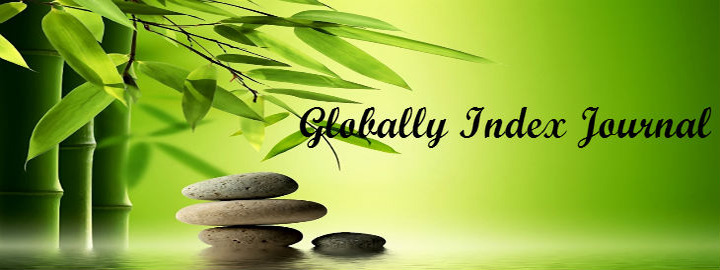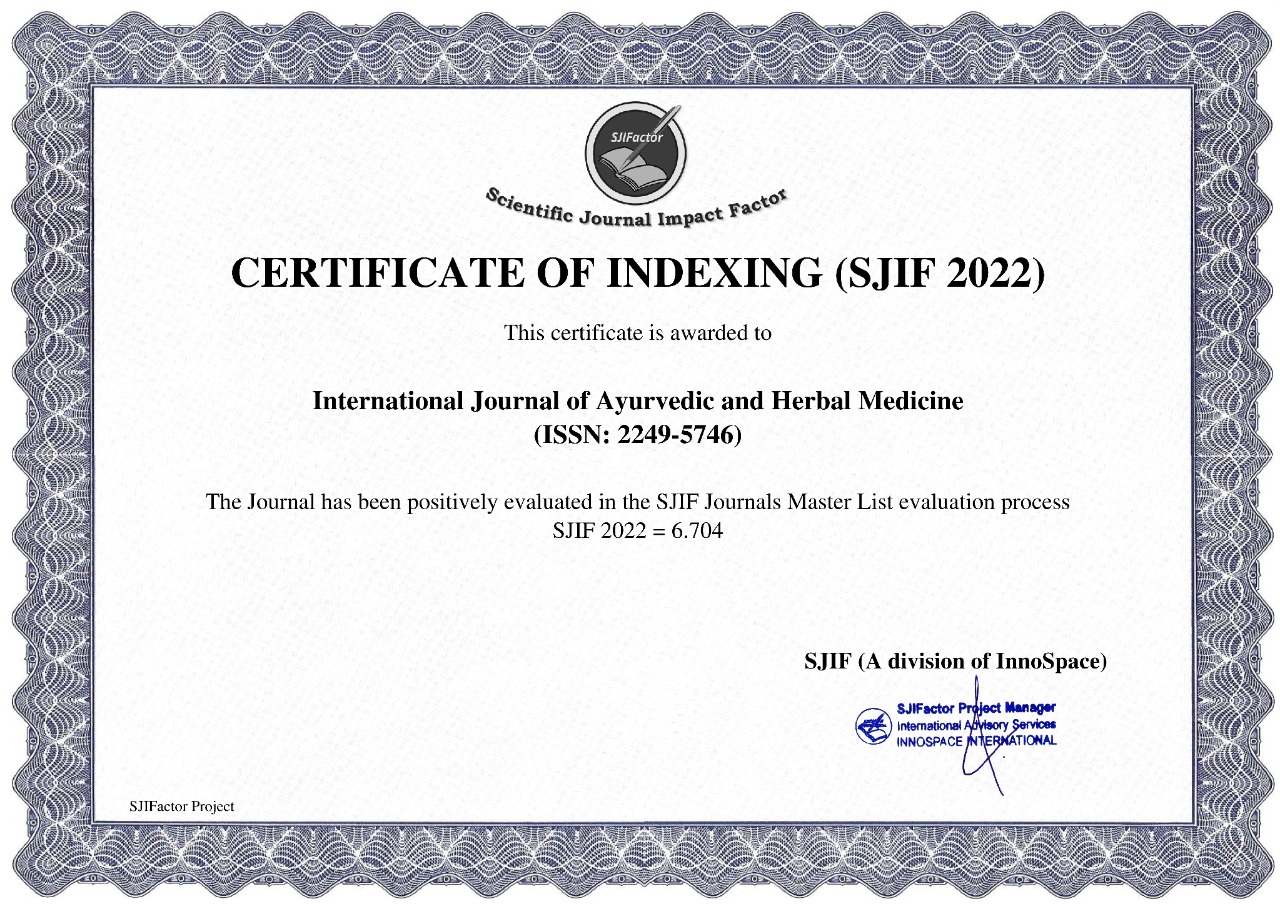


Volume 15 Issue 01 (Jan.-Feb. 2025)
Rupesh kumar1, Geetha Kanchan2, Ch.Rama Devi3, Mareedu Vasavi4
1PG Scholar, PG Dept. of Ayurveda Samhitha and Siddhanta, Dr. B.R.K.R Govt. Ayurvedic College & Hospital, Erragadda, Hyderabad, Telangana, India – 500038
2Asst.Professor, PG Dept. of Ayurveda Samhitha and Siddhanta, Dr. B.R.K.R Govt. Ayurvedic College & Hospital, Erragadda, Hyderabad, Telangana, India – 500038
3 I/C Principal and I/C HOD, PG Dept. of Ayurveda Samhitha and Siddhanta, Dr. B.R.K.R Govt. Ayurvedic College & Hospital, Erragadda, Hyderabad, Telangana, India – 500038
4 Ramayampet -A, Ayushman Arogya Mandir, D-Dharmaram PHC, Medak, Telangana
index























